ipr teeth risks
To protect the pulp against possible damage from heat Sheridan and Zachrissan both recommend using water. This is where I think you can only really use strips and discs.

Ipr How To Perform Clearcorrect Support
Its however important to maintain good oral health and hygiene throughout the orthodontic treatment and after.
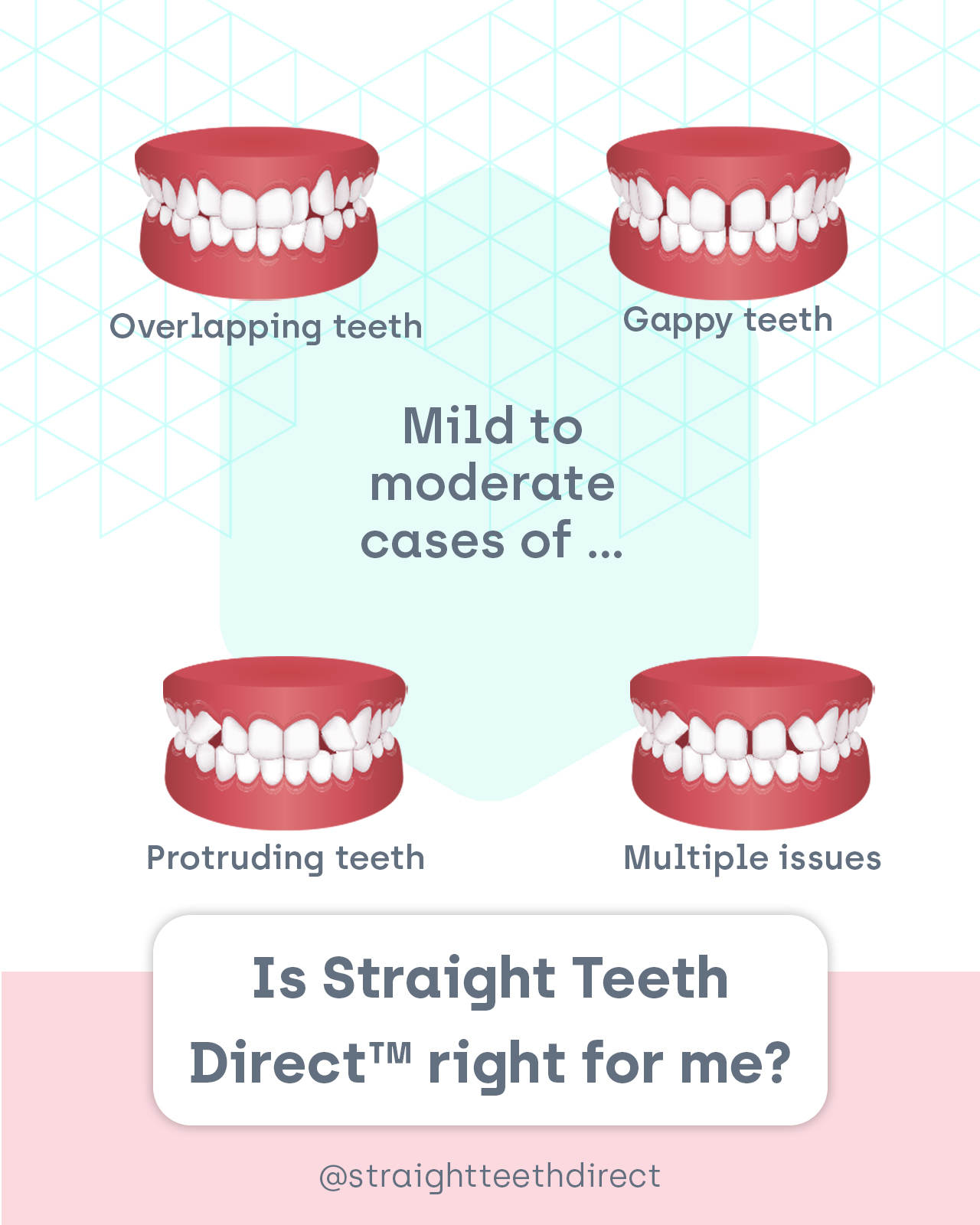
. In cases of mild to moderate crowding IPR may suffice whereas severe or complex. The procedure doesnt affect your gums and also doesnt expose you to gum disease risk. What we typically worry about is ensuring you arent grinding your teeth or wearing down the enamel on the surfaces of your teeth - where your teeth touch to chew food day in and day out.
In additional enlarged proximal contacts stabilize the treatment result 8. Thankfully IPR doesnt damage teeth. Advantages of IPR May avoid extractions.
It is important for you to keep your teeth and gums clean and healthy throughout your orthodontic treatment. Indications for a patient who may be a good candidate for the IPR procedure include mild to moderate crowding and the presence of black triangles in the anterior teeth. IPR only shaves off between 02 to 03 millimetres of your enamel on each side of the tooth receiving the IPR treatment.
IPR will not damage your teeth and there is no risk of tooth decay because the dentist will strip just the problematic point of each tooth. The enamel on your teeth is generally about 25 mm thick. A greater percentage of orthodontists strongly believed that the esthetic and occlusal benefits of IPR outweigh the potential risk of tooth decay when IPR was performed P 0001.
And maybe if you know the. IPR is the light sanding or polishing of the enamel in between teeth some doctors call it tooth slenderizing. IPR inter proximal reduction is often required in orthodontics to achieve the desired results.
Does IPR treatment damage teeth. In simpler terms that means that at the completion of their orthodontic treatment the alignment of teeth that have been stripped is less inclined to relapse post-treatment tooth shifting. This is a small amount compared to the overall thickness of the tooths enamel and provides enormous benefits for overall oral wellness.
The IPR treatment is not only safe but completely pain-free you just feel a slight discomfort while the tooth is being reduced to a healthy size. IPR removes fractions of a millimeter of the tooths surface in between certain teeth. IPR relieves tight contacts and creates space so that teeth can move into the ideal position.
So you want to then ideally minimize how far forward the teeth are coming. The second way is to extract a few teeth if more space needs to be created. The enamel on your teeth is generally about 25 mm thick so no need to worry about losing it all.
In overall terms a major contribution of IPR is that the extent of expansion in the labial direction can be reduced thus reducing the risk of bone dehiscence 7. IPR is also known as enamel reduction because it requires rubbing away little portions of the outermost enamel from multiple teeth in spots that are crowded or that surround crowded teeth. And this is where it becomes tricky.
Less invasive Shorter distances for individual tooth movements Reduces the risk of residual space where extractions would provide more space than is required Mildmoderate crowding case suitable for IPR May avoid lengthy arch expansiondistalizationtooth proclination 7. However if a substantial. The way the contact points between teeth are shaved down with IPR and therefore are less rounded and flatter helps to aid in the inherent stability of the patients teeth as a unit.
Although less traumatic than removing teeth IPR will still give you temporary sensitivity to high and low temperatures so eating and drinking anything too hot or cold might. Because the outer layers of your teeth have no nerve endings you feel no pain and it doesnt require dental anesthetic. IPR is generally preferred over teeth extraction because your dentist has more control over the amount of space created.
We need to avoid over-reduction of teeth and to maintain the natural shape of teeth when doing IPR. Interproximal reduction vs tooth extraction. Interproximal reduction IPR also called interproximal enamel reduction IER slendering air rotor stripping ARS or reproximation is the practice of mechanically removing enamel from between the teeth to achieve orthodontic ends such as to correct crowding or reshape the contact area between neighboring teeth.
However IPR treatment involves the removal of a very thin layer so there is still plenty of enamel to keep your teeth strong and healthy and it shouldnt affect your overall oral health at all. This creates room between teeth in order to allow for their movement when the Invisalign aligners are worn though this stripping does require a certain level of tooth enamel to be removed. After reducing the enamel the procedure should also.
Straight teeth are healthier less likely to crack and less likely to develop gum disease. Plaque can collect more readily on teeth that have undergone interproximal reduction if the tooth surface is not smoothed and polished by the dentist afterwards. In fact your teeth come with a really thick layer of enamel so that they can survive a lifetime of chewing.
So we want to avoid round tripping. Excessive heat is known to cause serious damage the pulp of the tooth. Before you put on invisible braces your dentist will examine your teeth and advise you whether you need to undergo IPR or teeth extraction.
However in the rights hands this procedure is completely safe. The benefits far outweigh any risks. The IPR treatment is used when teeth are overcrowded and involves the dentist stripping away a portion tooth in order to create space.
IPR only shaves off between 02 to 03 millimetres of your enamel. IPR is a very technical treatment procedure which requires high skills. Though interproximal reduction and tooth extraction are ways of gaining space to fix issues with tooth alignment they are used in different situations3 Your dentist along with the Eon Aligner team will decide if IPR is ideal for you or not.
Flexible strips of considerably more fine material similar to sandpaper are employed to rub away little portions of outermost enamel. This small change on one or multiple teeth can make a huge difference with your Invisalign treatment. What are the possible risks of interproximal reduction.
There is no evidence shows that controlled amount of IPR will increase the risk of tooth decay or periodontal disease so far. So the way to avoid Round Tripping would be to do the IPR while the teeth are in a kind of crowded state.

Macro Old Anterior Teeth Restorations Stock Photo 1307847880 Shutterstock

The Facts On Plaque And How It Affects Dental Implants Chicago Dental Implants

Comparing Aligner Options Which Are The Best Invisible Aligners For Me Straight Teeth Direct
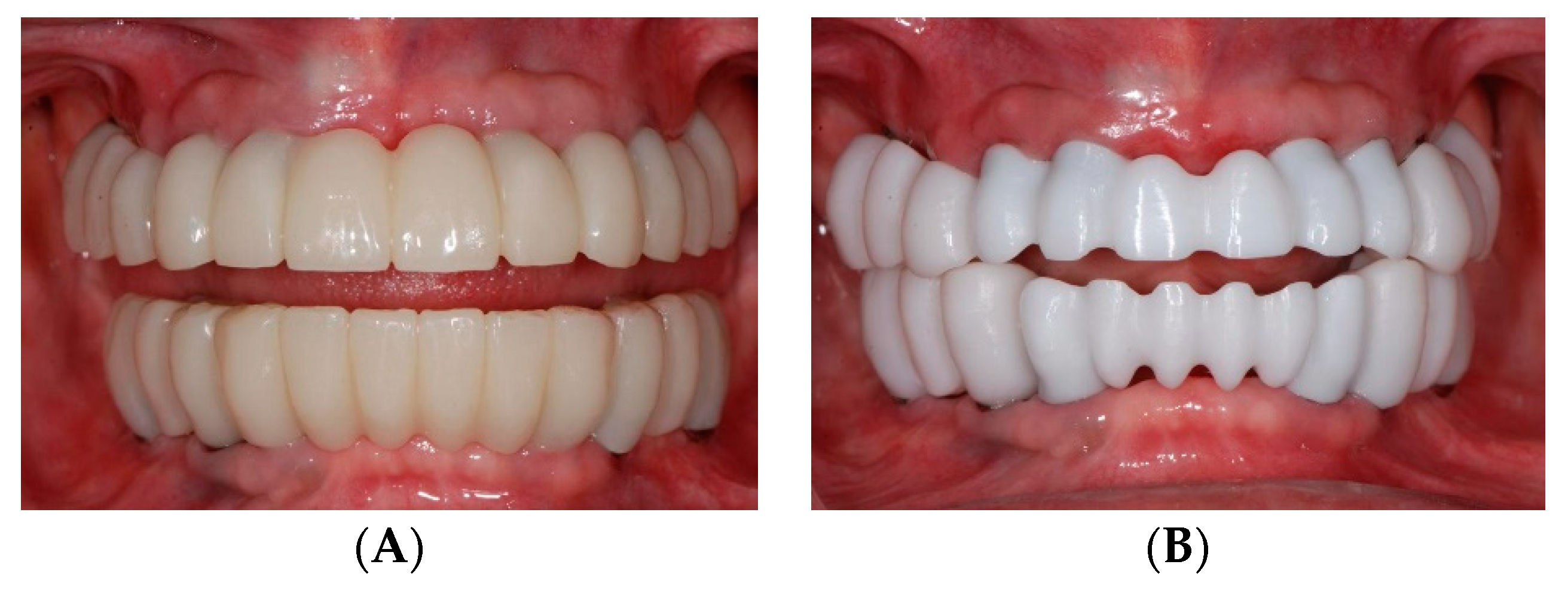
Dentistry Journal Free Full Text Integrated Digital And Conventional Treatment Workflow In Guided Complete Mouth Implant Rehabilitation A Clinical Case Report Html
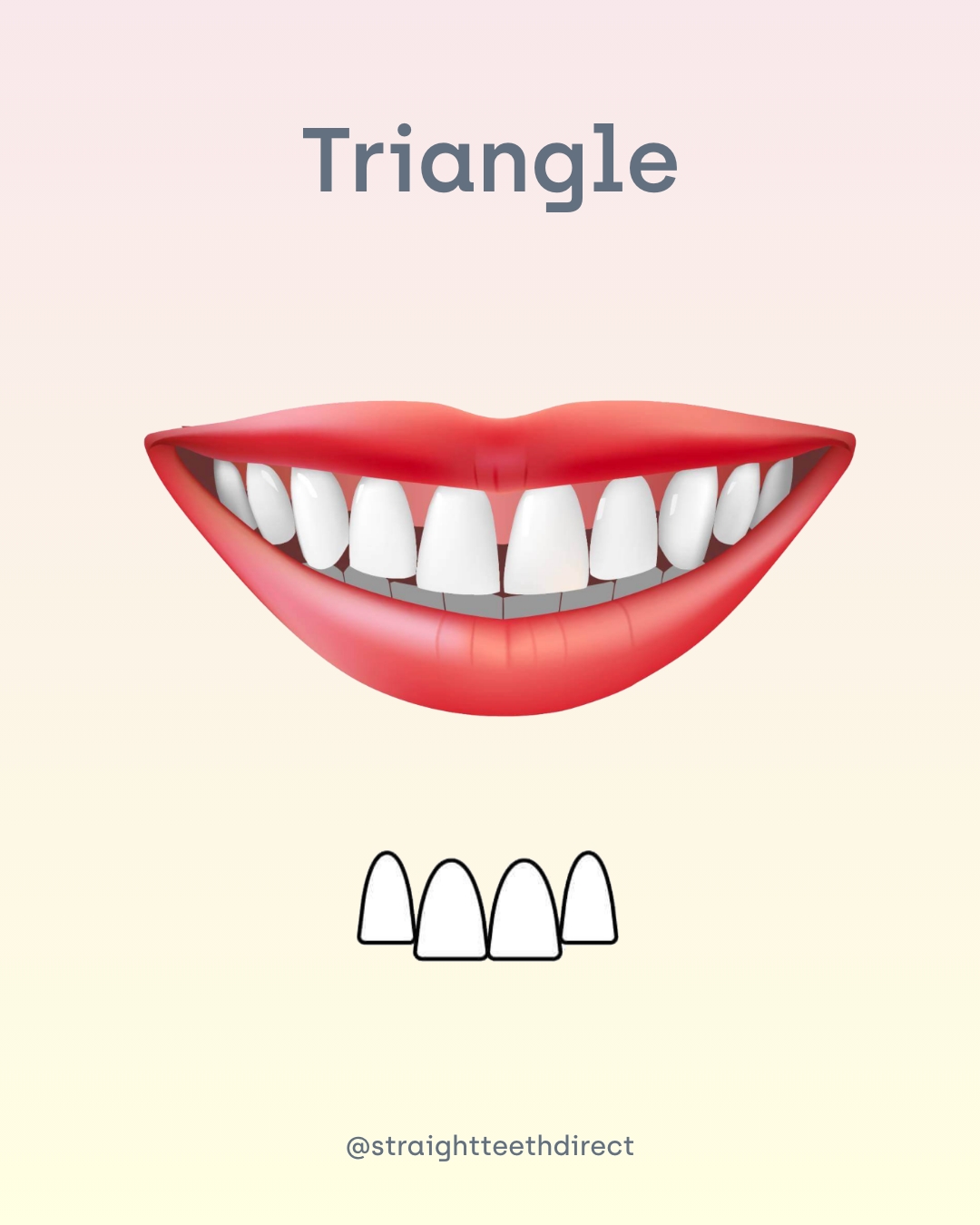
Black Triangles Is It Something You Heard Of And Have Concerns About Learn Everything You Need To Know About Them Here
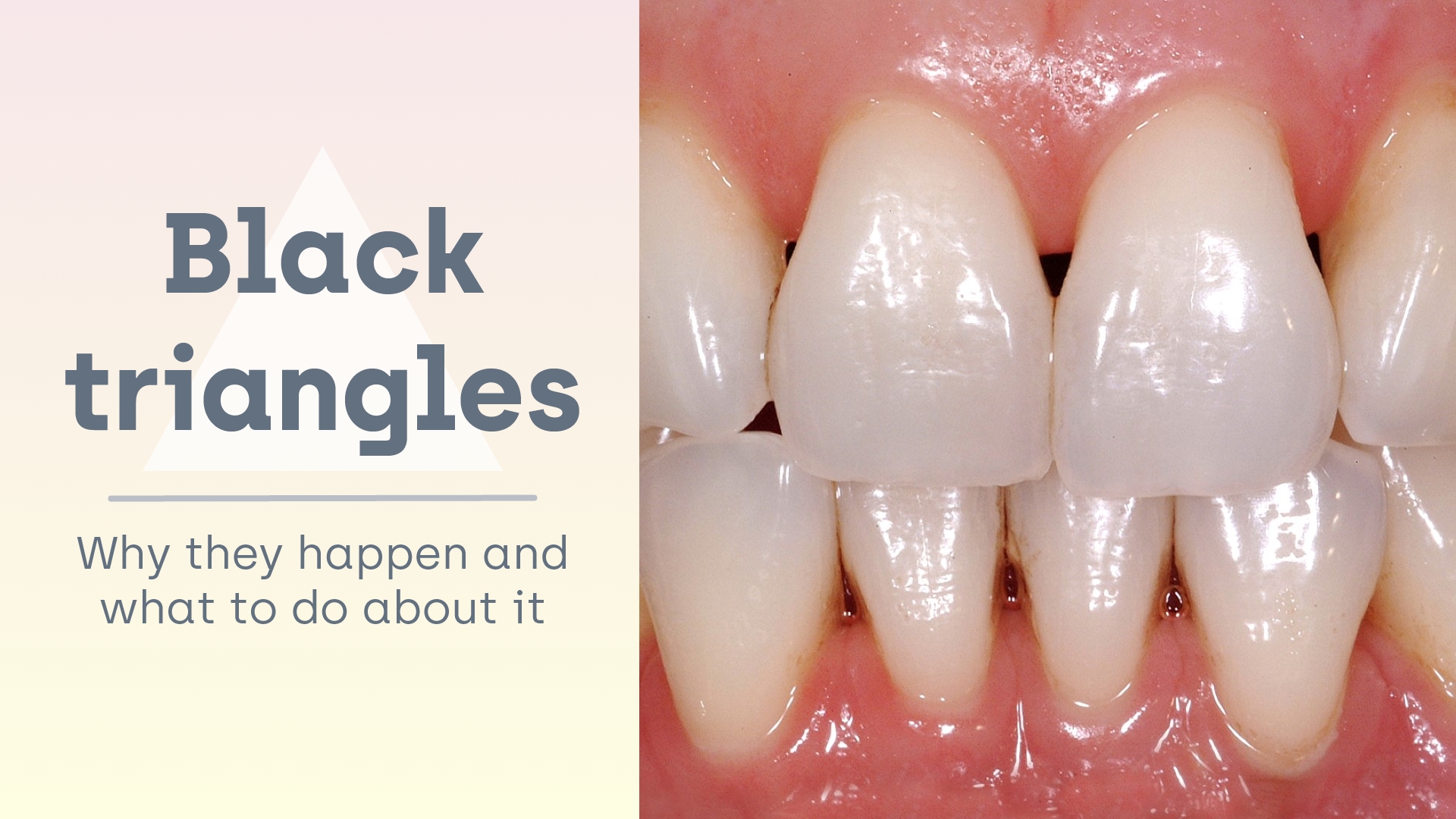
Black Triangles Is It Something You Heard Of And Have Concerns About Learn Everything You Need To Know About Them Here

Treatment Progress Occlusal View A Pretreatment Crowded Anterior Download Scientific Diagram

Stop Out Of Control Science Infographics Mania

Orthondontics Patient Information Ewan Bramley Dental Care

Ipr Tooth Stripping And Orthodontics What When How

Invisalign Clearly A Better Way To A Straighter Smile

The Facts On Plaque And How It Affects Dental Implants Chicago Dental Implants

Correction Of An Adult Class Iii Malocclusion Through Regaining Of Orthodontic Space And An Implant Restoration Park 2022 Journal Of Esthetic And Restorative Dentistry Wiley Online Library

Dental Implants Types Advantages Risks Cost Trusted Brand How To Relief Dental Implants Dental Cosmetics Dental Implants Cost
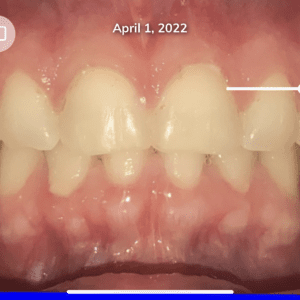

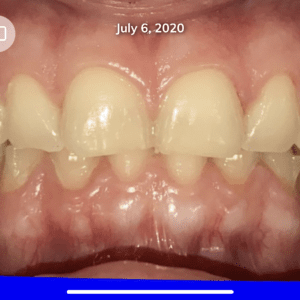

Comments
Post a Comment